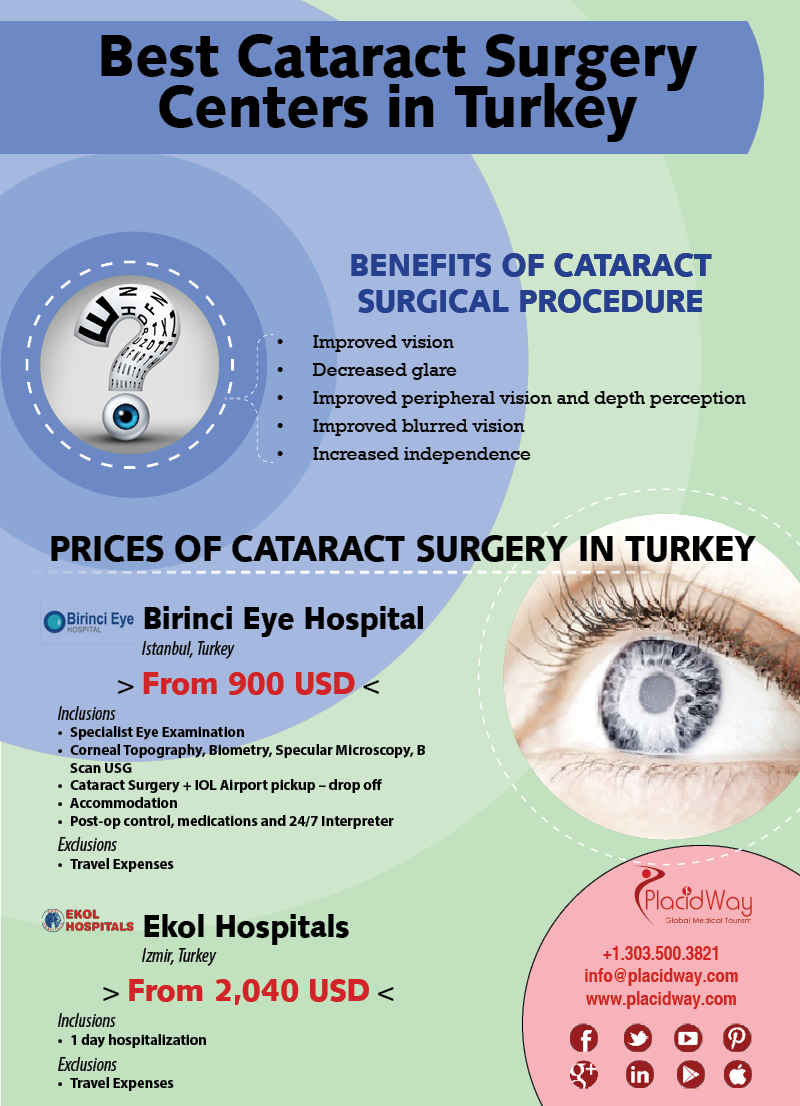Start An Exciting Trip Via The Development Of Cataract Surgical Procedure Techniques, From Old Roots To Cutting-Edge Developments That Are Reshaping The Future Of Eye Treatment
Start An Exciting Trip Via The Development Of Cataract Surgical Procedure Techniques, From Old Roots To Cutting-Edge Developments That Are Reshaping The Future Of Eye Treatment
Blog Article
Web Content Created By-Burton Thestrup
As you explore the development of innovative cataract surgical procedure techniques, you'll witness a trip noted by ingenuity and precision. From ancient techniques that led the way for modern technologies to cutting-edge technologies that are revolutionizing the field, the thorough summary of cataract surgical procedure methods is a testament to human development and commitment to boosting client end results. The elaborate interplay in between historical strategies and futuristic innovations creates an interesting story that sheds light on the development of one of the most usual surgical procedures worldwide.
Historic Techniques and Developments
Explore how very early surgeons revolutionized cataract therapy by utilizing cutting-edge methods and tools. In the past, cataract surgery was a risky and agonizing treatment. Nonetheless, cataract surgery in the 80s were amongst the first to attempt surgical treatments for cataracts, using a method called 'couching' where a sharp tool was used to push the cataract back right into the eye. This method, though crude by today's criteria, prepared for future advancements in cataract surgical procedure.
As time proceeded, Arab doctors made substantial contributions by creating specialized needles for cataract removal. cataract surgery in one eye only were made use of to pierce the cataract and after that extract it from the eye, noting a significant improvement in medical precision.
Later on, in the 18th century, the French surgeon Jacques Daviel spearheaded the method of extracapsular cataract removal, where the entire lens was eliminated undamaged through a bigger laceration. This marked a significant development in cataract surgical procedure methods, paving the way for the modern treatments we utilize today.
Modern Surgical Approaches
Early techniques in cataract surgical procedure have evolved significantly, causing the advancement of modern medical approaches that prioritize accuracy and enhanced patient end results. Modern cataract surgery now frequently involves a treatment called phacoemulsification, where an ultrasonic tool breaks up the cataract for removal through a small incision. This method permits quicker healing and lowers the danger of difficulties compared to older approaches.
In addition, the use of advanced intraocular lenses (IOLs) has changed cataract surgical procedure outcomes. These lenses can remedy not just the cataract but also various other refractive errors like astigmatism, decreasing the requirement for glasses post-surgery.
Surgeons today likewise have accessibility to innovative imaging innovations that aid in precise preoperative preparation and intraoperative decision-making. How Expensive Is LASIK Eye Surgery (OCT) and other imaging techniques provide comprehensive images of the eye's frameworks, permitting a much more tailored method per individual's surgical procedure. With these innovations, modern-day cataract surgical treatment techniques remain to boost, using patients safer treatments and better visual end results.
Emerging Technologies in Cataract Surgery
With improvements in modern technology transforming the field, cataract surgical treatment is seeing the assimilation of ingenious methods for improved client end results. Arising technologies in cataract surgical treatment are reshaping the landscape of ophthalmic procedures. One such development is femtosecond laser modern technology, which enables accurate corneal incisions, capsulotomies, and lens fragmentation, causing improved medical accuracy and outcomes.
Furthermore, intraoperative aberrometry is obtaining popularity, making it possible for real-time dimensions of refractive mistakes throughout surgical procedure to enhance intraocular lens power estimations and minimize postoperative refractive surprises.
In addition, using sophisticated imaging modern technologies like optical coherence tomography (OCT) and intraoperative wavefront aberrometry help specialists in specific medical preparation and execution. These devices give comprehensive anatomical details and assistance tailor surgical methods for each and every client's special eye features.
Additionally, advancements in expert system are being checked out to assist in preoperative preparation, intraoperative decision-making, and postoperative treatment, potentially maximizing medical results and individual satisfaction. Accepting these arising modern technologies in cataract surgical treatment holds pledge for more enhancing individual results and making certain the continued advancement of sensory medical techniques.
Final thought
As you journey via the history of cataract surgery, you witness the improvement from old practices to cutting-edge technologies. Like a phoenix metro climbing from the ashes, cataract surgery has actually advanced into a sign of hope and advancement.
Equally as a caterpillar emerges from its cocoon as an attractive butterfly, cataract surgery has progressed into a refined art kind, offering people more clear vision and a brighter future.
The development continues, radiating a light on unlimited opportunities.
